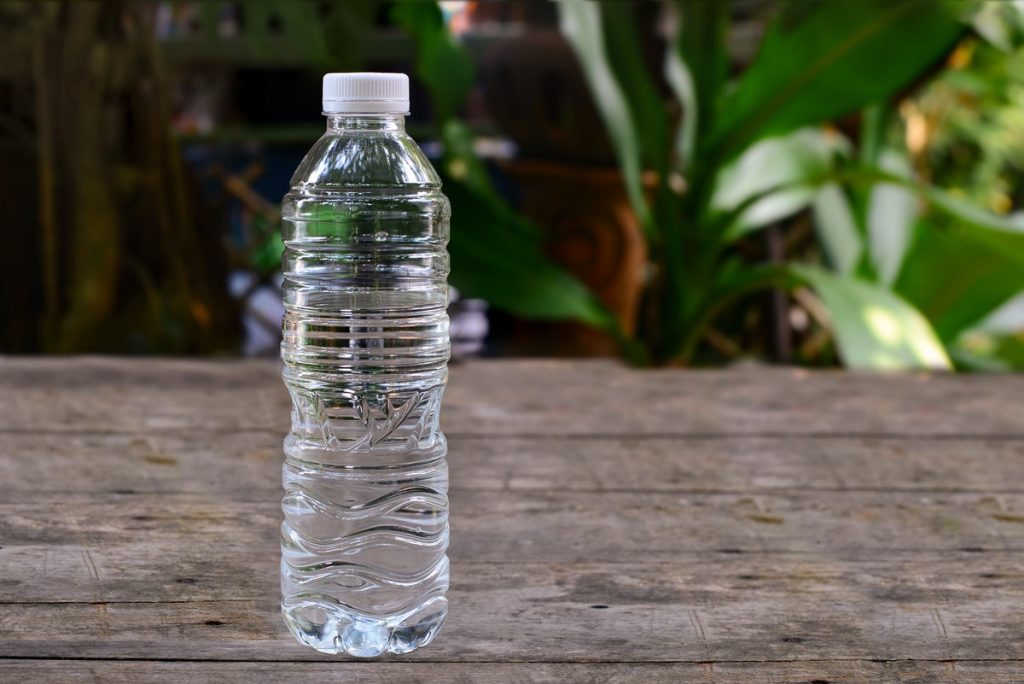Ozone is a powerful oxidizer that is increasingly being used in the bottled water industry to disinfect water and remove impurities. It is a safe and effective alternative to traditional disinfectants, such as chlorine, and it does not leave any residual taste or odor in the water.
How ozone works
Ozone is created by passing an electrical current through oxygen. This process creates a molecule of ozone, which is made up of three oxygen atoms. Ozone is very unstable and quickly decomposes back into oxygen. When ozone is dissolved in water, it attacks and destroys bacteria, viruses, and other microorganisms.
Benefits of using ozone in bottled water
There are a number of benefits to using ozone in bottled water, including:
- Effectiveness: Ozone is very effective at disinfecting water and removing impurities. It is more effective than chlorine at killing certain types of bacteria, such as Cryptosporidium and Giardia.
- Safety: Ozone is a safe and natural substance. It does not leave any residual taste or odor in the water, and it does not produce any harmful byproducts.
- Efficiency: Ozone is a very efficient disinfectant. It works quickly and does not require any contact time.
- Environmental friendliness: Ozone is a sustainable and environmentally friendly disinfectant. It does not produce any harmful waste products, and it does not contribute to water pollution.
How ozone is used in bottled water production
Ozone is typically used in bottled water production in two ways:
- Water disinfection: Ozone is used to disinfect the water before it is bottled. This ensures that the water is free of harmful microorganisms.
- Bottle and cap disinfection: Ozone is also used to disinfect the bottles and caps before they are filled with water. This prevents the introduction of contaminants into the water from the bottles or caps.
Ozone control and monitoring
It is important to carefully control and monitor the ozone levels in bottled water. Too little ozone may not be effective at disinfecting the water, while too much ozone can create disinfection byproducts (DBPs) such as bromate.
Ozone levels are typically monitored using an ozone analyzer. This device measures the ozone concentration in the water and provides a continuous readout. Ozone levels can be controlled by adjusting the flow rate of ozone into the water.
Conclusion
Ozone is a safe, effective, and environmentally friendly solution for bottled water disinfection. It is used by many bottled water companies around the world to produce high-quality, safe drinking water. More on ozonated water can be found here: https://www.oxidationtech.com/applications/bottled-water.html

